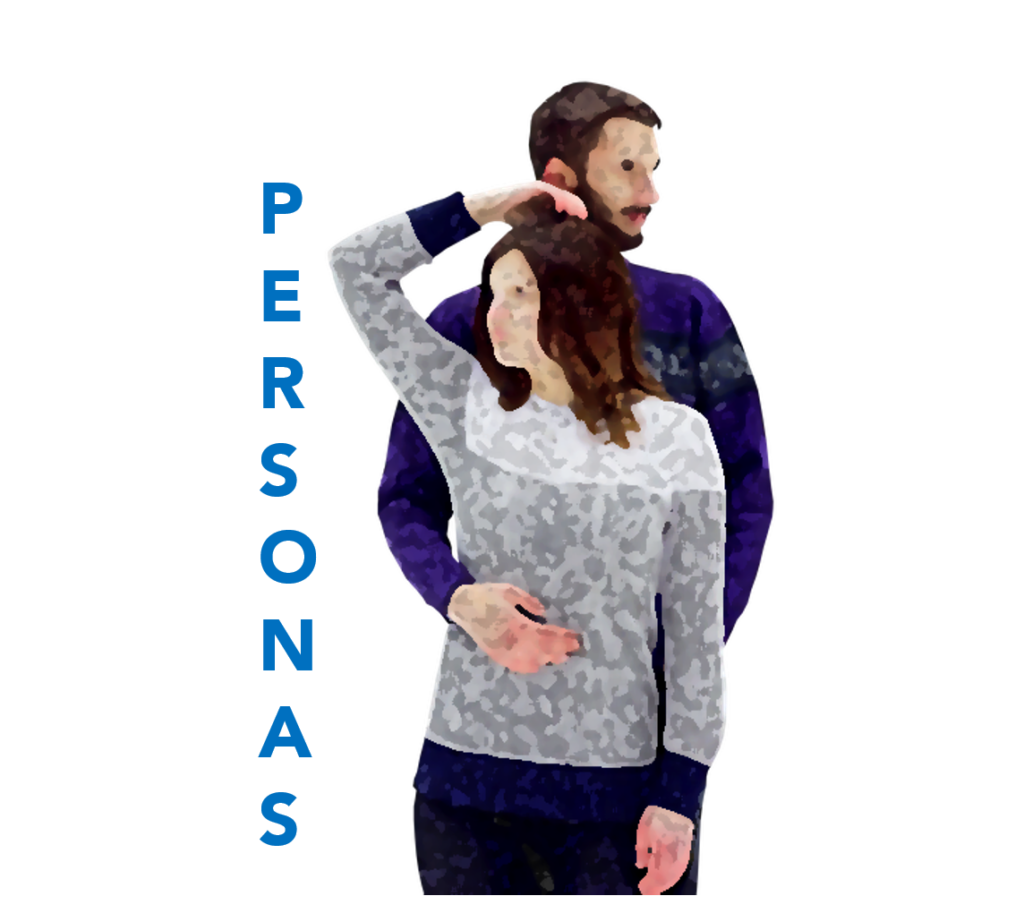
In recent years, I’ve talked a great deal here in JacoBLOG about “digitzing” your listeners – just another way of saying, we have to do a better job of knowing who they are. In a world of sophisticated analytics, algorithms, and Big Data, radio broadcasters rely primarily on audience ratings – and they are woefully insufficient.
No matter how you cut it, cume and quarter-hour are very basic behavioral measures, while the demographic details are too scant in a world where brands know what we click on, where we go in cars and on airplanes, as well as our tastes in music, clothes, food, and travel. Instead, radio programmers and sellers are stuck with age, gender, and ethnicity.
Radio marketing veterans may point to services like Scarborough that have long provided more granular measures of the audience’s identity, their traits, and their purchasing habits. But sadly, this data has always played a tertiary role in the buying process. And many programmers – both of over the air and digital content – may not even realize this stuff exists.
Big brands have come a long way since this post appeared six years ago back in 2018. But the resources and mindset profiled in this #TBT story still serve as solid examples of how brands can deploy email to deep dive on their customers – who they are and what they do.
Next week, I’m presenting the results of Techsurvey 2024, a research study celebrating its 20th year, providing radio with reams of data and insights mostly all gleaned from station email databases. This year, a total of 500 “stakeholder” radio stations participated in this survey, but all databases are not created equal. We set a limit of 700 in-tab responses before capping a station’s sample. A handful of radio brands hit that threshold literally in a few hours. Many others struggle to hit the minimum of 70 completed surveys, often requiring multiple email blasts over several days. Our research team at Jacobs Media know the stations that focus on growing and nurturing their email database versus those who pay little attention to this valuable resource – to their brands’ detriment.
Whether you’re in commercial, public, or Christian radio, there are few things more important than understanding how your audience profiles. Thanks to email databases and the power of the medium itself, this is a resource that could be providing greater dividends to sales and programming – if it was prioritized higher by most broadcasters. – FJ
“We all know that you have to know your customer, and that includes psychographics, demographics, and behavior.”
No, that isn’t Kevin Weatherly, Anne Gress, Sky Daniels, Justin Chase, or David Moore speaking. It’s the SVP Marketing for Chico’s, Shelagh Stoneham. Chico’s is a women’s clothing store with 1,400 stores spread all over the U.S. – one of the world’s most competitive business verticals.
They’ve learned that while hard data is important to their success – perceptual research, in-store data, coupon redemption, email open rates – their qualitative profiling creates much-needed personas that help decision-making, as well as their marketing.
To that end, Chico’s has done a deep dive to identify its primary customer – “Joy” – as well as its secondary shopper, “Catherine.” Yes, Chico’s version of P1s and P2s.

An interview with Stoneham in MediaPost by Sarah Mahoney reveals startling similarities between the way the retailer identifies its stratas of consumers, and the methods great radio stations use to do the very same thing with their core listeners.
As Stoneham points out, the benefit is that the Chico’s management team can “picture these two women and what their lives are like, but so can everyone in our marketing department.”
That has led to a storytelling campaign – #HowBoldAreYou – that puts these personas to work. The other benefit of developing the “typical shopper” is making “it easier to to decide if something fits your brand or not.”
That’s a key benefit that successful radio stations employ to determine the brand fit of promotions, talent, and event marketing. If you truly know your listener, these decisions come much easier.
Oftentimes, it comes down to answering those health, heart, and pocketbook issues?
Where do they live?
What are their priorities?
How do they spend their money?
What are their politics?
What makes them happy?
That is why talent coaches and programmers throughout radio’s history have recommended visualizing a so-called “typical listener,” and talking to him, her, or them when the mic is on. One of the most difficult skills to master is to be alone in a quiet, solitary studio doing radio. Aside from the many challenges that come along with being on the air is the profound difficulty of talking to an audience you cannot see. Visualizing a listener is a tool that air talent can use in prep as well as in real time on the air.
And because most stations have audiences that number in the thousands – or even millions – there’s a benefit in focusing attention on a single fan – the blue collar worker laying drywall, the parent driving the kids to soccer practice, the student teacher, or the nurse. Some stations have even used lifesize cardboard cutouts to represent the average fan – standing right in front of the person on the air in the studio.
That can be a helpful tool, but it starts with aggregating information – quantitative and qualitative – to build these profiles. That’s precisely what our consultant, Mike Stern, does when he’s coaching personality shows.

As Chico’s has learned – and many of us in radio have known for years – there’s value in building, creating, and even debating these personas. This is how teams work out their challenges together, and in the process, model out the “typical listener.”
Defining “Joy,” “Joe,” or “The Johnsons” is a perfect tool to sharpen the brand, as well as connect with listeners.
Put a face on your brand.
Who’s your “typical listener?”
Our Techsurvey 2024 presentation – “Radio in the Era of AI” – is open to anybody and everybody. It’s Thursday, April 25 at 2pm ET. Register here.
- 5 Lessons For Radio From The Apple Watch - May 5, 2025
- DJs And Baristas: Can They Save Their Companies? - May 2, 2025
- Radio’s New Audience Equation: Z Over Y = Trouble - May 1, 2025





Leave a Reply